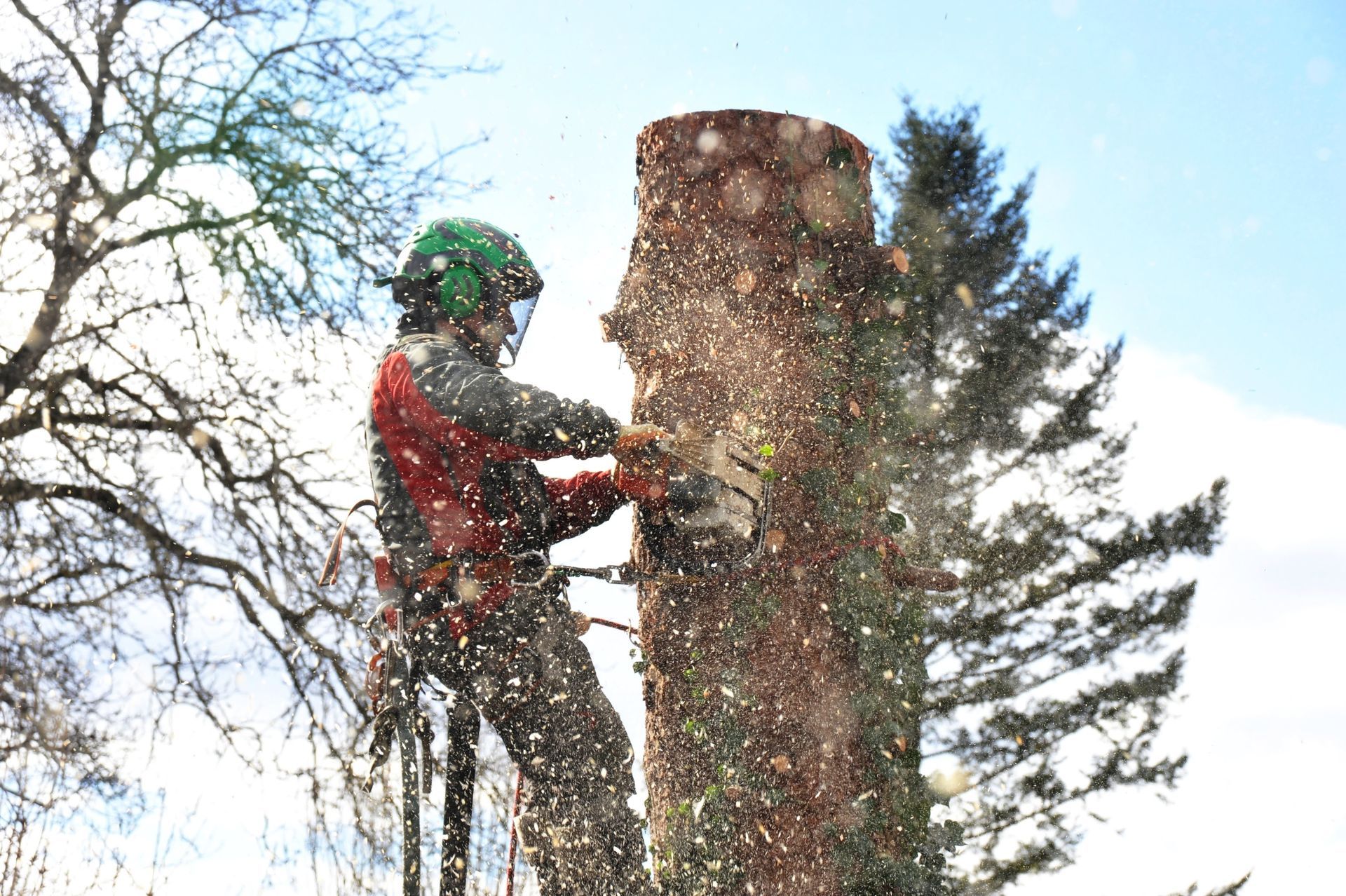Stump Grinding vs. Full Removal: What’s Best for Your Yard?
Deciding what to do with a tree stump goes beyond aesthetics. While some homeowners tolerate stumps as minor landscape obstacles, addressing them properly can improve safety, usability, and overall yard appearance. Understanding the differences between stump grinding and full removal helps property owners choose the solution that best suits their outdoor space. Each method has unique advantages depending on long-term goals, budget, and landscape design.
1. Preserves Yard Space vs. Opens Ground Completely
Stump grinding removes the visible portion of the stump while leaving the root system in place. This creates a clean, level surface that blends seamlessly into lawns or garden beds. Full stump removal, however, extracts both the stump and the roots, completely clearing the area for planting, landscaping projects, or hardscape installation. Choosing between the two depends on whether you want to maintain existing ground structure or fully repurpose the space.
2. Speeds Up Yard Recovery and Landscaping
Grinding stumps is generally faster and less invasive than full removal. Since the roots remain, the surrounding soil experiences minimal disruption, which allows grass and plants to recover quickly. Full removal involves digging out roots, which can disturb nearby plants, soil, and structures. For homeowners planning immediate landscaping or construction, stump grinding is often the quicker solution, while full removal may require additional soil preparation and restoration.
3. Reduces Risk of Pest Infestations
Tree stumps left untreated can attract insects, fungi, and other pests that may spread to nearby healthy trees or plants. Grinding stumps eliminates the bulk of the wood, reducing the likelihood of infestations, while full removal removes all organic matter that could harbor pests. Both methods improve yard safety, but full removal offers the most thorough defense against lingering rot or disease.
4. Balances Cost and Labor Considerations
Stump grinding is typically more cost-effective and less labor-intensive than full removal. It requires specialized machinery but avoids the extensive digging and hauling associated with removing roots entirely. Full removal can be more expensive due to the additional equipment, labor, and time needed, especially for large or deeply rooted trees. Homeowners must weigh budget, timeline, and desired results when making a decision.
5. Supports Future Landscaping Projects
The choice between grinding and removal often depends on future plans for the yard. If you intend to plant new trees, shrubs, or install a patio or walkway, full removal may be preferable to prevent root interference. Grinding is ideal for maintaining lawn continuity or reducing tripping hazards without major construction. Both options enhance yard functionality when chosen in line with long-term goals.
6. Maintains Safety While Enhancing Yard Appearance
Unaddressed stumps can be hazardous, especially in areas where children or pets play. Grinding eliminates the above-ground portion, reducing tripping risks and improving the visual flow of your yard. Full removal takes safety a step further by eradicating roots that could cause uneven terrain or interfere with landscaping equipment. Either method, when professionally performed, ensures a safe, attractive, and functional outdoor space.
Conclusion
Choosing between stump grinding and full removal depends on your yard’s layout, future plans, budget, and safety priorities. Both approaches provide practical and aesthetic benefits, from improving lawn usability to preventing pests. Suffolk Tree Work LI
offers
professional stump grinding and removal services across Suffolk County, New York, helping homeowners make informed choices and transform their yards into safe, attractive, and well-maintained outdoor spaces.





